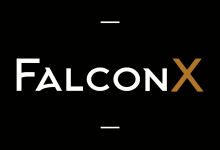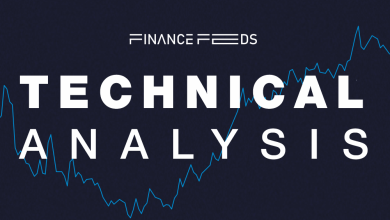Bernstein Forecasts USDC Supply to Triple, Capturing One-Third of Global Stablecoin Market by 2027


have made a bold prediction that the USD Coin (USDC) issuance could triple by the end of 2027. According to them, this will cause Circle’s flagship stablecoin to command one-third of the global stablecoin market. The forecast reflects the firm’s confidence in the token’s resilience, infrastructure, and regulatory positioning in a highly competitive and expanding stablecoin sector.
The projection arrives at a time when demand for stablecoins is surging globally, particularly in regions where cross-border payments, decentralized finance (DeFi), and are gaining traction. According to reports, Bernstein’s analysts believe that USDC’s underlying architecture, market pedigree, and institutional adoption give it a plausible path to displace or outgrow many rival stablecoins, including Tether (USDT).
Institutions Are Bullish on USDC Despite Tether’s Competition
While Bernstein’s USDC projection is optimistic, the company’s analysts note that institutional confidence in USDC remains a major boost for the stablecoin. Unlike most rivals, USD Coin operates under U.S. oversight with monthly reserve attestations and full backing by cash and short-term Treasuries.
Additionally, the firm expects Circle to benefit from the global push toward regulated stablecoin frameworks, especially in the U.S., Europe, and Asia. With more banks, fintechs, and asset managers experimenting with tokenized deposits, USDC’s transparent structure could make it the preferred bridge between fiat and blockchain economies.
Bernstein also emphasized that monetary policy shifts, including potential U.S. rate cuts between 2026 and 2027, may have a limited downside impact on USDC’s institutional demand. According to analysts, the coin’s use cases in settlements and will sustain its momentum in adoption.
The report arrives amid a broader wave of institutional confidence in blockchain assets. Earlier this month, projected that institutional exposure to digital assets could double by 2028, driven largely by tokenization and stablecoin usage.
If the forecast is anything to go by, USDC’s total circulation could surpass $150 billion by 2027, up from roughly $50 billion today. That would place it in direct competition with Tether (USDT), which still dominates the market but faces ongoing regulatory scrutiny over its reserves.
USDC Adoption Could Turn Stablecoin Regulation Around
Currently, stablecoins are legal in countries like the U.S., following the GENIUS Act. In Europe, new have paved the way for licensed issuers, while in Asia, Singapore and Hong Kong have introduced frameworks to attract regulated stablecoin activity.
Circle has already applied for and obtained several approvals in these regions, setting it apart from competitors with less transparent operations. However, some policymakers globally still treat stablecoins as speculative crypto products. With USDC’s potential adoption over the coming years, more regulators would potentially embrace it for its various use cases and expand the global stablecoin laws.
Still, competition from established stablecoins like USDT and bank-issued digital tokens could sluggish Circle’s dominance and potential one-third market share.







